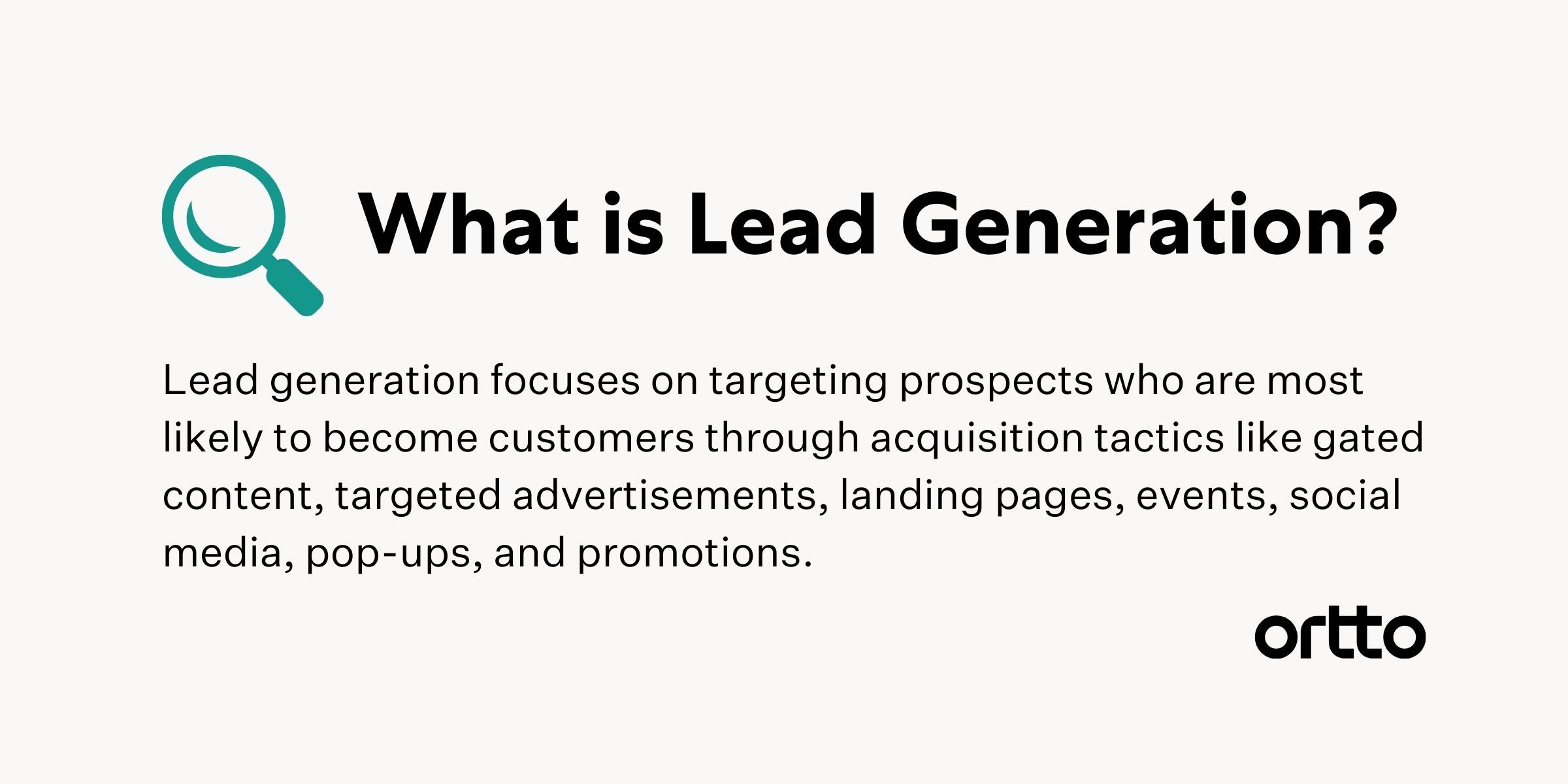 Tailoring Your PPC Strategies for Success: A Comparison of Lead Generation and Ecommerce
Tailoring Your PPC Strategies for Success: A Comparison of Lead Generation and Ecommerce
In the world of PPC advertising, one size certainly does not fit all. The strategies that drive success in ecommerce often differ from those required for effective lead generation. This article will explore the nuanced approaches needed for each, highlighting key strategies for lead generation such as fraud prevention, monitoring micro KPIs, and navigating the complexities of revenue tracking.
Lead generation through PPC is more challenging than ecommerce. There are more obstacles and numerous sales funnel strategies to navigate. Additionally, major ad networks often favor ecommerce brands because of their new features and educational resources. However, this article isn’t here to complain. Instead, it aims to shed light on the different approaches needed for lead generation and ecommerce.
One major challenge in lead generation campaigns is lead fraud. Unlike ecommerce, where the end goal of a transaction requires a credit card payment, lead generation can be susceptible to fraudulent leads due to the naturally low barriers to entry. Shady content publishers have realized that generating fake conversions for an advertiser will cause the algorithms to serve more ads on their websites and YouTube channels and even bid higher. This can skew performance data and drain budgets, making it difficult to optimize and ascertain a campaign’s true performance. Effective strategies to counteract fraud leads include implementing advanced verification techniques, using CAPTCHA, manually excluding spammy placements, and avoiding hot beds that may generate low-quality leads.
Another challenge in lead generation is the complexity of the funnels. Ecommerce funnels are typically straightforward, with a potential customer entering the funnel, browsing products, and adding them to the cart. Lead generation funnels, on the other hand, can include various lead capture tools such as free downloads, assessments, webinars, and form submissions. Each industry requires a different approach. Micro KPIs, such as email captures, email-to-buy conversion rates, marketing qualified leads, and add-to-carts, are crucial in lead generation. They lead to the ultimate goal of revenue generation by gradually building trust and moving leads closer to conversion. Prioritizing email capture or lead magnets can help gain more potential for relationship building.
Revenue tracking is another area where lead generation faces challenges compared to ecommerce. Ecommerce benefits from the straightforwardness of revenue tracking, as the transaction of the purchase takes place online. Lead generation, on the other hand, involves multiple steps and interactions before a lead potentially results in revenue. The sales cycle can be long and is often completed offline, which introduces a level of complexity in tracking and attributing revenue. Effective lead management systems and CRM integrations are essential for analyzing lead quality and bridging the gap between online marketing efforts and offline sales results.
In conclusion, PPC advertising for ecommerce and lead generation requires distinctly different strategies and mindsets. While ecommerce benefits from straightforward transactional metrics, lead generation demands a deeper engagement with potential customers over a more extended period. Both require a keen understanding of the customer journey, a strategic approach to new customer development, and meticulous attention to micro KPIs. By mastering these elements, marketers can tailor their PPC campaigns to meet the unique demands of their targeted outcomes, whether immediate sales or cultivating potential leads for future revenue.
